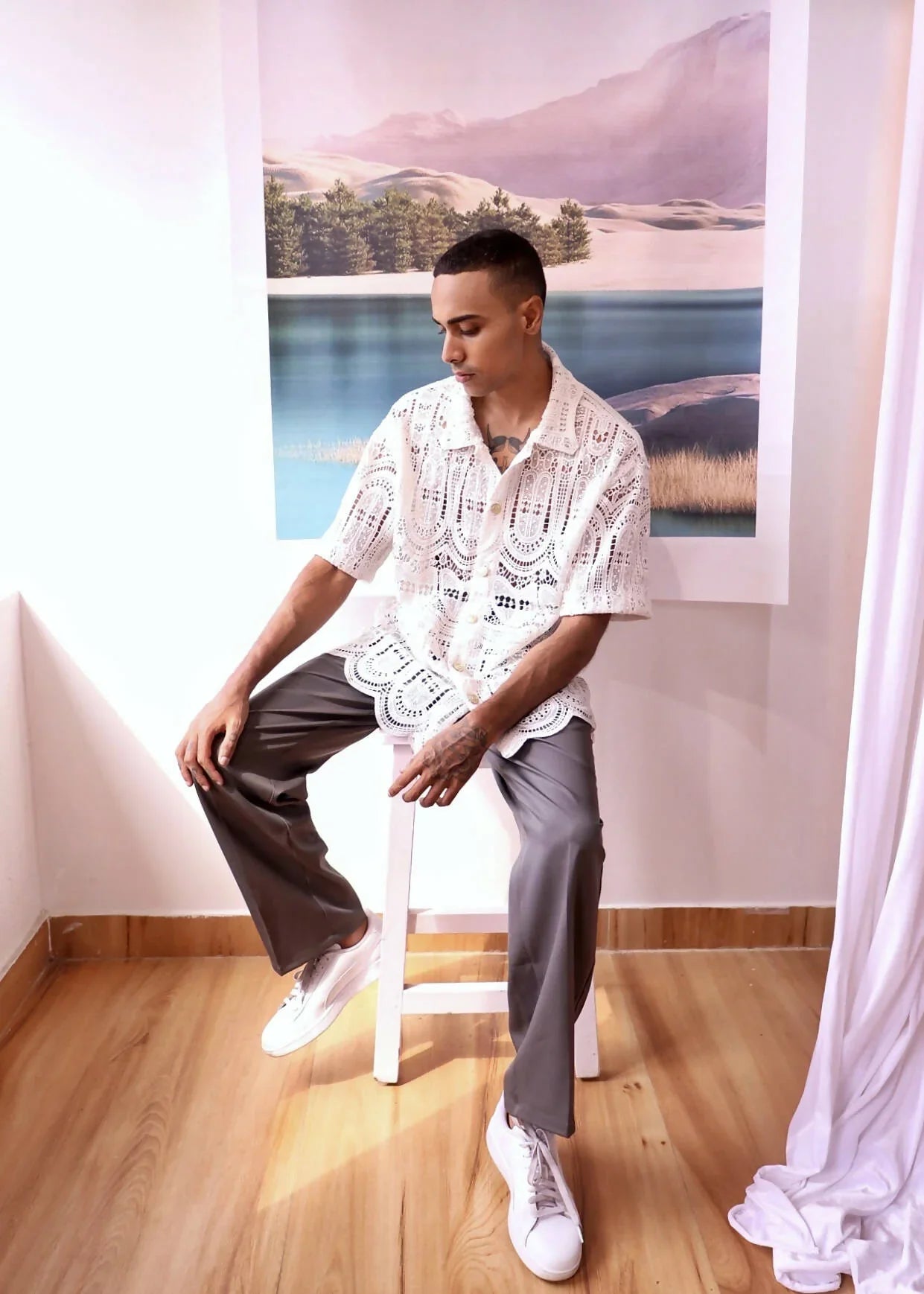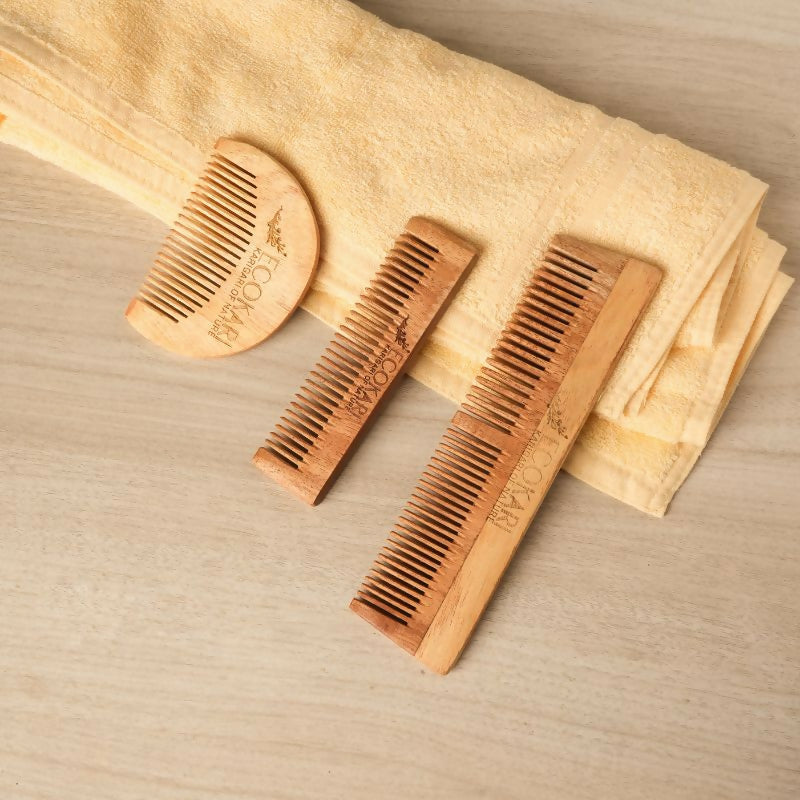Natsai Audrey Chieza: Faber Futures

When you first hear the phrase 'bacteria-dyed fabric,' it may sound like a science fair project. For designer and biologist Natsai Audrey Chieza, however, it sparked a vision of how living organisms could change the way we make and use materials by bringing together biology and climate justice to improve how industries work.
Chieza grew up in Harare, Zimbabwe. At seventeen, she moved to the UK, where she first trained in architecture at the University of Edinburgh. From there, she pursued a master’s in Material Futures at Central Saint Martins.
Back in 2011, while doing her own research in biodesign, Chieza came across a bacterium called Streptomyces coelicolor. This tiny organism can naturally create bright, beautiful colours. What started as a curious experiment turned into an ongoing partnership between her and the bacteria to explore how these natural pigments could be used in design and materials.

Using Streptomyces, she found a way to dye textiles that used very little water, required no toxic chemicals, and produced colour-fast, stunning patterns. In 2018, Natsai founded Faber Futures, an award-winning R&D studio focused on building a regenerative bioeconomy through technology by redesigning how materials come into the world. In recognition of her groundbreaking work in this field, Chieza received the 2024 London Design Innovation Medal.
The dyeing process starts with Streptomyces coelicolor, a type of bacteria that naturally releases colourful pigments as it grows. Instead of using chemical dyes, Chieza places small pieces of fabric in petri dishes with these live bacteria.
Over time, the bacteria tint the fabric in deep blues, purples, or red tones, depending on the acidity of their environment. Because the colour comes from the bacteria’s natural secretions, this method uses about 500 times less water than traditional dyeing and avoids the use of harmful synthetic chemicals.
It remains a research-led studio that treats biology as a collaborator. Its goal is nothing short of a complete reset to challenge extractive supply chains, dismantle toxic dyeing practices, and replace them with self-sustaining systems.
She has been invited to forums at the World Economic Forum, spoken on global design stages, and helped shape the conversation around a regenerative bioeconomy.
The fashion and textile industries are among the most destructive on the planet, producing 20 percent of global wastewater, 10 percent of carbon emissions, and dumping toxic dyes into rivers from Dhaka to Tiruppur. Fast fashion treats materials as disposable. Water is used as if it were infinite.
As mentioned in a BBC article, figures from Oxfam and the World Bank show that the global fashion industry consumes around 93 billion cubic metres of water every year, which is roughly equal to 37 million Olympic-sized swimming pools.
Faber Futures is vital today and must take its place within the industry. It offers a new dyeing process and a cleaner supply chain, challenging why we accepted systems that treat water as disposable.
It presents a real alternative to toxic manufacturing by working with living microbes instead of synthetic chemicals and by building material systems at the scale of biology. For an industry facing undeniable environmental limits, it is time to move with nature in practice.






Leave a comment